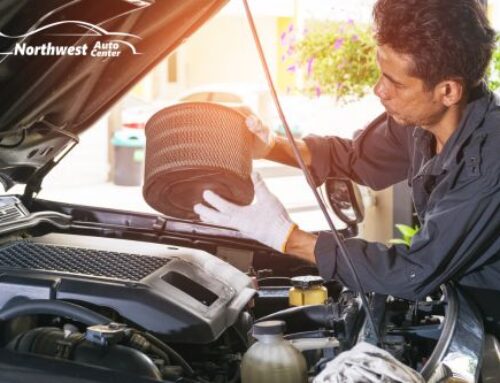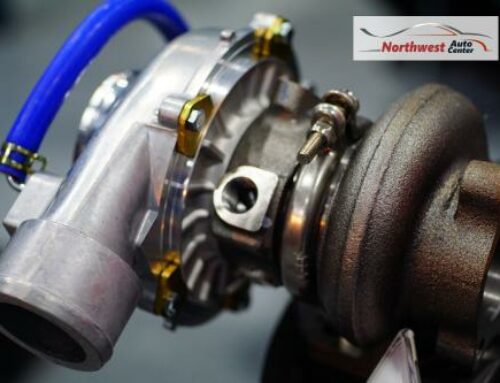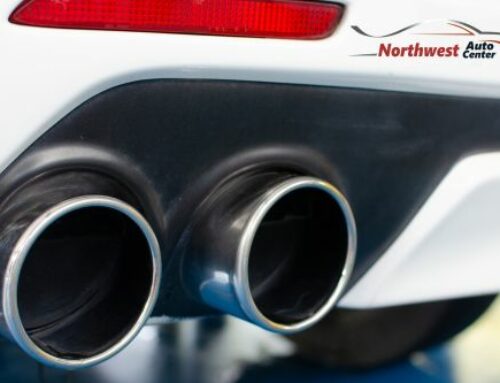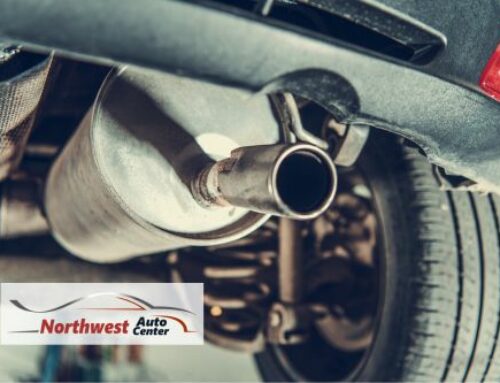Surprise! Your car doesn’t just work on keeping you cool; it works on keeping itself cool. Your vehicle’s cooling system has the significant responsibility of keeping your engine and car from overheating. But, how do cooling systems work and why are they necessary?
How Cooling Systems Work
Everytime the spark plugs ignite the engine’s fuel, creating propulsion and motion, it’s a tiny explosion. Explosions generate heat, and with 4,000 explosions per minute, while traveling 50mph, things heat up quickly. Even with all the advancements in car technology, heat continues being a by-product of motion.
Two cooling systems exist in the car world: liquid and air. However, liquid cooling dominates with air cooling being found only in motorcycles and older model of cars. But, how do liquid cooling systems cool down cars?
Liquid coolant flows through tubes in the engine, capturing and absorbing heat from other components until it reaches the radiator. The radiator uses air, forcing it through the grill cooling the coolant. Once the coolant cools, it returns to flow through your engine, absorbing more heat before returning to the radiator.
What about the cold months? A computer controlled thermostat allows the passage of coolant through the engine. If it is below the designated temperature, it flows back through the engine, bypassing the radiator until it needs cooling. Additionally, coolant systems allow for faster heating on chilly mornings, letting your engine run more efficiently.
Signs of a Failing Coolant System
Cooling system failure is known immediately. Without a working system, your engine overheats causing spikes in the temperature gauges and indicator lights to shine brightly. But, are there any warning signs?
Sweet Smell
Antifreeze smells sickly sweet, some say like maple syrup. Smelling this sweet smells indicates a leak or disruption in the coolant distribution.
Hissing and Spitting
Noises like these indicate overheating is near. If your temperature gauges have not gone up, they will shortly (or you should get those checked out). It means the coolant and water in your system is either bubbling from heat or over pressurized and trying to escape. Neither are good.
Constantly Low Coolant Levels
You may be thinking, I just added coolant last week? How is it low? It’s low again because something is wrong. Either you have a leak or the coolant is not being distributed correctly. It’s time to get that checked out.
What to Do if Your Vehicle Overheats
Stop Driving
If in a safe area, pull over immediately. An overheated engine reaks havoc on its self, melting components and causing over-pressurization in all of the tubes. Typically, it can take upwards of 30 minutes for an engine to cool. Avoid opening the hood until this time. Because of the increased pressure and heated liquids (remember, they are over boiling temperatures in some cases), opening the hood could result in you being splashed and burned.
Turn Off the A/C
Your A/C keeps you cool, but heats your already overheating engine. Turn it off and save your engine some energy.
Crank the Heat
If you are unable to stop but are close to a safe spot, crank the heat. While this makes you uncomfortable, it does divert some heat from the engine away and into the cab.
With the Texas heat headed our way soon, it’s time to think about your coolant system. Is it ready to handle the spike in temperatures? Noticing a sweet smell or hissing noises? A/C not cranking like it use too? Stop by Northwest Auto Center of Houston today, and we will get you (and your car) ready for the summer.







[…] steering, air conditioning and in some vehicles, the cooling systems working. Without it, your engine may overheat or just not run at […]
[…] Extreme heat can take a toll on your car, just like cold weather can. During the summer heat, coolant is essential to ensure your engine runs well during the change in weather. Air conditioning is also key to surviving the summer season with […]